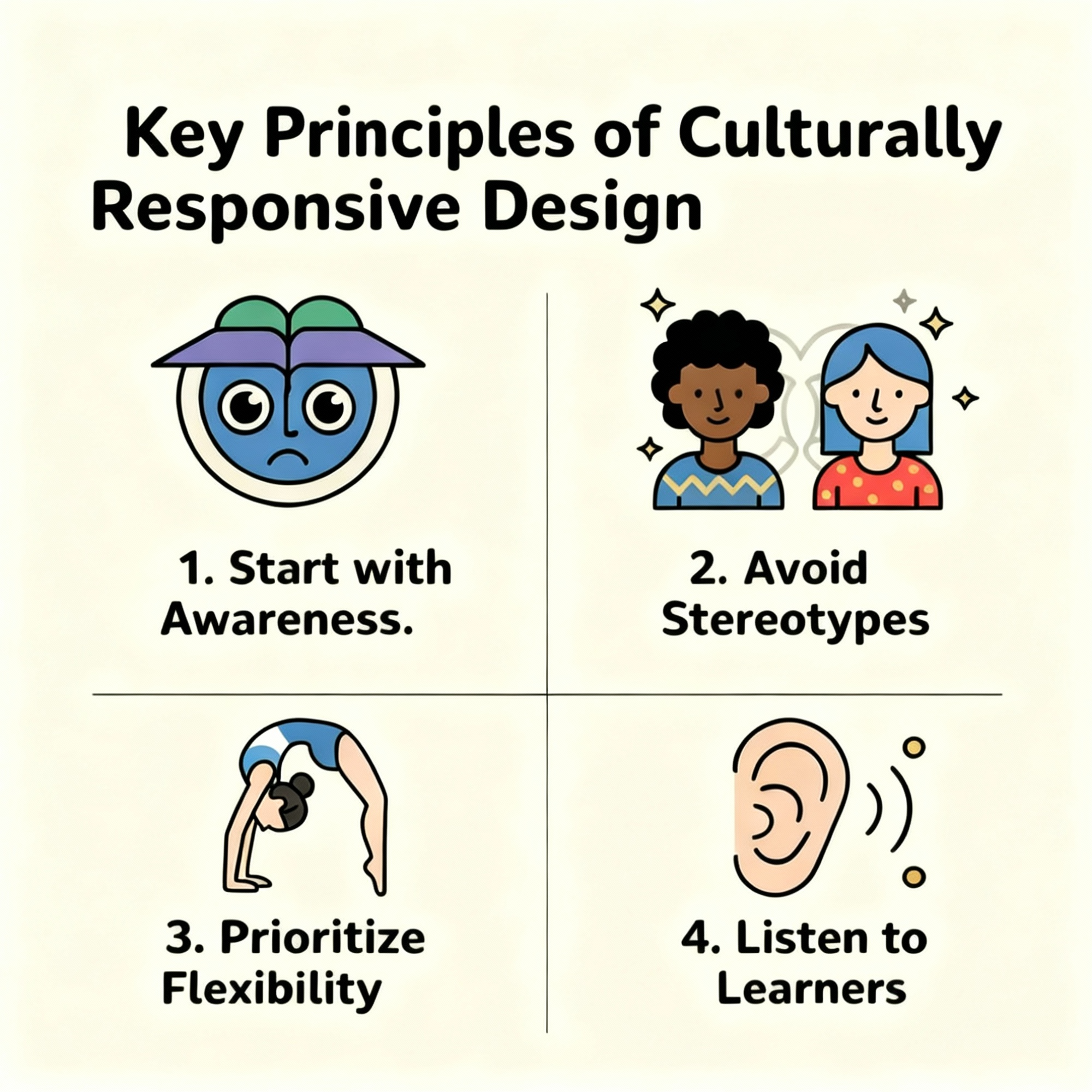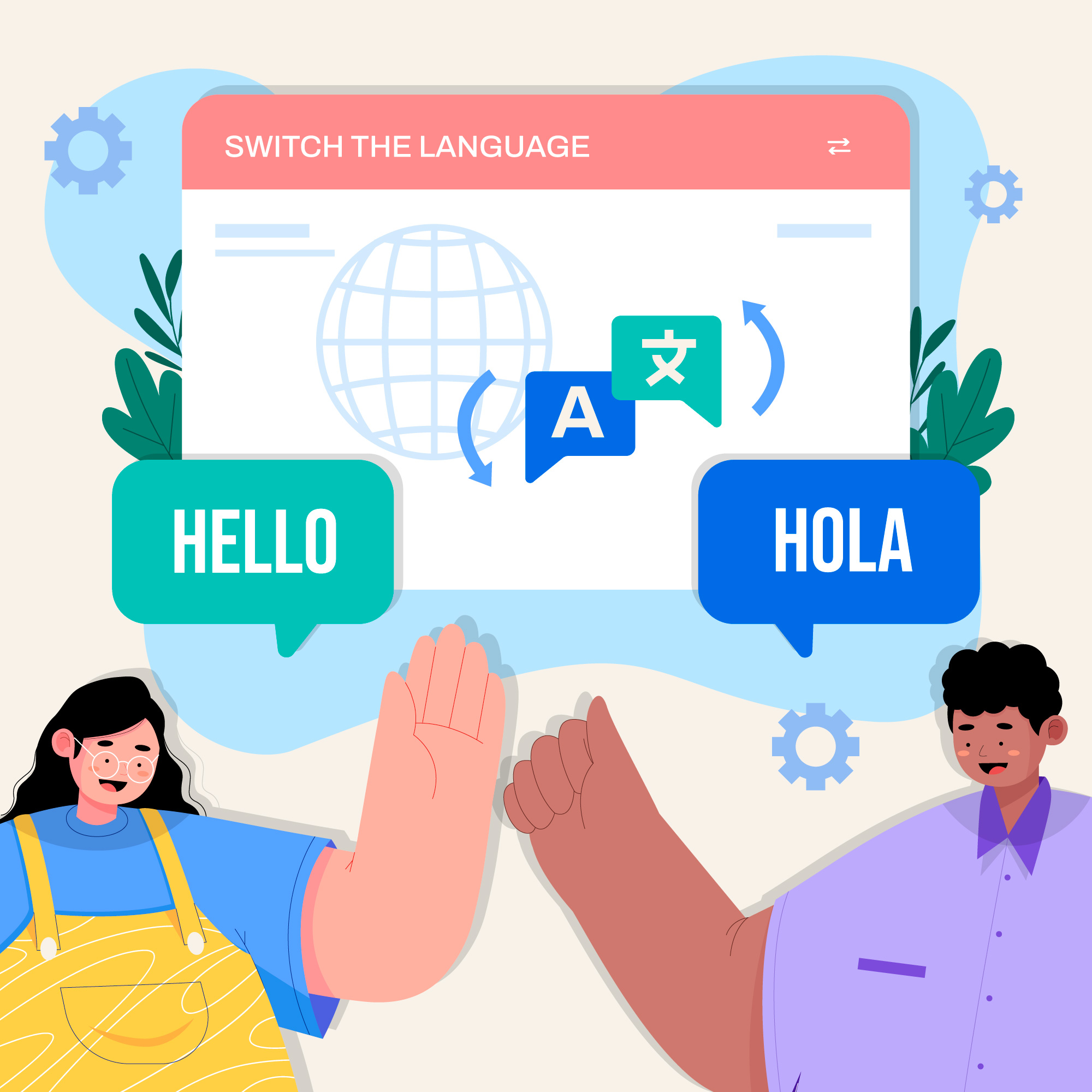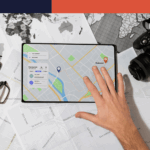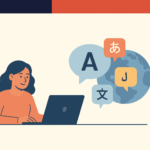Designing eLearning for a Global Audience: How to Adapt Content with Cultural Responsiveness
By Dr. Kristen Stevenson
eLearning has opened doors for people across the world to access education, training, and professional development without borders. But as courses and training programs expand internationally, a question often overlooked is how to ensure digital learning truly works for everyone, regardless of culture or location.
It’s not enough to translate text into another language and call it a day. Learners bring with them cultural backgrounds, communication styles, and social norms that shape how they engage with material. One of the top concerns that employees mention is the need to feel that they belong to the team, that they fit in, and are valued for their contributions (Thissen et al., 2023). They need to feel like they are seen and can see others who are like them as part of the community.
An eLearning course designed in New York may not resonate with learners in Tokyo, São Paulo, or Nairobi unless it considers those differences. That’s where culturally responsive design principles come in.
This article explores practical ways to adapt eLearning content for international learners through localization, inclusive design, and thoughtful use of visuals. Whether you’re an instructional designer, educator, or organizational trainer, these strategies can help you create courses that connect across cultures.
Why Cultural Inclusivity Matters in eLearning
Culture shapes how we learn. It influences the examples we relate to, our preferred communication styles, and how we interact in group settings. Acknowledging and representing the role culture plays in shaping identity and perspective, we feel acknowledged, valued, and understood (National Equity Project, 2025). These differences can make or break the learner experience in online learning environments.
Imagine a U.S.-based course that uses baseball metaphors to explain teamwork. For learners in countries where baseball isn’t common, the analogy may feel confusing instead of helpful. This happens beyond sports, such as the difference between a license plate and a tag or how pies may not be eaten in all parts of the world. It can also happen in an onboarding module that assumes direct communication is always the norm, when in many cultures, indirect or relationship-based communication is more effective.
Learners may disengage, misunderstand key concepts, or even feel excluded when cultural diversity isn’t considered. On the flip side, when content feels culturally relevant, learners are more motivated, more confident, and more likely to apply what they’ve learned because they see themselves justly represented.
Key Principles of Culturally Responsive Design
At its core, culturally responsive design in eLearning is about respect, awareness, and adaptation. It asks course creators to move beyond “universal” design assumptions and instead build learning experiences that honor cultural diversity.
Here are a few guiding principles:
- Start with awareness. Understand that culture affects how learners perceive and process information. For example, in a global project management PD course, the facilitator acknowledges that decision-making styles differ—some cultures value consensus, while others prioritize speed. The course presents both approaches and invites learners to reflect on which fits their context.
- Avoid stereotypes. Don’t reduce cultures to clichés; instead, represent diversity with accuracy and respect. Instead of using a generic “Western office” scenario in a customer service PD course, designers include case studies from diverse industries and regions—like a hospital in Kenya, a tech firm in India, and a bank in Brazil—showing respect for varied professional environments.
- Prioritize flexibility. Design content and activities that can be adapted to different cultural contexts. Multi-dimensional employees can do more than one thing and can choose to demonstrate skills through role-play, written reflection, or a team project. This allows learners from different cultural and professional backgrounds to showcase strengths in ways that feel natural while demonstrating their value to your organization.
- Listen to learners. Whenever possible, include members of your target audience in the design or review process. For example, a hospital created patient education materials about managing diabetes and invited patients and families to review them before final release. Their feedback led to simpler wording, clearer visuals, and more practical tips to make the materials easier to understand and use in daily life.
With these principles in mind, let’s look at practical strategies.

Strategy 1: Awareness and Stereotypes
Translation is only the tip of the iceberg when it comes to adapting eLearning for international learners. Localization goes deeper by tailoring content to the cultural and linguistic norms of each audience.
- Language nuances matter. A literal translation can miss cultural context. For instance, the English phrase “break the ice” doesn’t translate well into other languages. In Spanish, “romper el hielo” might be understood literally rather than as a metaphor for starting a conversation. Similarly, the word “computer” translates to “ordenador” in Spain but “computadora” in Mexico.
- Units and measures. If an eLearning course on cooking uses “cups” and “Fahrenheit,” it may confuse learners in Europe who are used to grams, liters, and Celsius. A recipe written as 350°F should be localized as 180°C for clarity.
- Examples and scenarios. A workplace safety course might use an office-based scenario in the U.S., but in regions where factory or construction work is more common, those examples will feel more relevant. Adapting scenarios ensures learners connect the training to their real-life environment.
- Voice and tone. In English, a casual phrase like “Hey team, let’s dive in!” feels friendly. But in cultures that value formality, a more respectful tone, such as “Welcome, colleagues. Let’s begin our session together,” would be more appropriate.
The more localized your course feels, the more learners see themselves in the material.
Strategy 2: Flexibility and Awareness
Inclusive instructional design means building flexibility into how learners access, interact with, and make meaning of content. Often called “voice and choice,” this approach gives learners the freedom to complete tasks in ways that draw on their individual strengths (Green & Harrington, 2020). Multicultural content adaptation includes:
- Multiple formats. Some learners may prefer reading while others benefit from visuals or audio. Providing choice supports different learning styles and language proficiencies.
- Clear, simple language. Avoid idioms, slang, or overly complex sentences that may not translate well.
- Flexible pacing. Allow learners to review or skip sections so they can engage at their own speed.
- Universal accessibility. Designing for disability access (captions, alt text, screen reader compatibility) benefits all learners, especially when language barriers exist. This is also beneficial when specialized terms are used that learners may not be familiar with.
When inclusivity is baked into design, learners can adapt the experience to what works best for them. We refer to the Universal Design for Learning (UDL) framework to ensure content and designs are appropriate for all learners and honor multicultural experiences (CAST, 2025).
Strategy 3: Using Infographics and Visuals to Cross Language Barriers
One of the most powerful tools for culturally inclusive eLearning is visual communication. Well-designed infographics, charts, and illustrations can bridge language gaps and make abstract concepts concrete.
- Icons and symbols. Use universally recognized visuals, like a magnifying glass for search or a gear for settings. Avoid culture-specific symbols that may confuse learners. For instance, an owl may represent wisdom in some cultures but bad luck in others.
- Data visualization. Graphs, charts, and diagrams communicate trends and comparisons quickly without relying on long text explanations. For example, a simple bar chart comparing energy usage across regions can be understood regardless of language proficiency.
- Process illustrations. Step-by-step visuals, such as numbered diagrams or flowcharts, help learners follow instructions even if they struggle with the written language. Think of a safety procedure shown through a series of labeled images rather than text alone.
- Inclusive imagery. Use photos and illustrations that show diversity in ethnicity, gender, age, and professional roles. For instance, a team collaboration module should feature groups that reflect varied cultural and gender identities, so learners see themselves represented.
Visuals don’t always carry the same meaning across cultures. Colors, symbols, and even gestures can be interpreted differently. For instance, a thumbs-up may signal approval in some regions but be offensive in others. That’s why it’s important to research cultural differences or test visuals with local reviewers before using them.
Strategy 4: Building Cultural Relevance into Scenarios
Scenario-based learning is a common strategy in eLearning, but for international audiences, scenarios must reflect cultural realities to feel meaningful. Instead of relying on a “one-size-fits-all” scenario, try these approaches:
- Create multiple versions of the same scenario adapted to different regions.
For example, a customer service training could include one version set in a call center in India and another in a retail store in the U.S. This ensures learners see situations that feel familiar to their daily work. - Use neutral contexts that avoid culturally specific references. Choosing scenarios like problem-solving in a community project or collaborating on a school assignment makes the content more universally relatable, without leaning on culture-bound examples like sports metaphors or holidays.
- Give learners a choice of scenarios that feel most relevant to them. Providing options allows learners to select the situation that aligns with their cultural background or professional role. For instance, in a global leadership course, participants could pick from case studies involving hierarchical organizations, flat team structures, or cross-cultural project teams.
By adapting or diversifying scenarios in these ways, eLearning becomes more authentic, engaging, and effective for learners across different cultural contexts.
Strategy 5: Engaging Local Stakeholders
The best way to ensure cultural inclusivity is to involve people who know the culture. This might include:
- Local subject matter experts who can adapt examples and references by bringing insider knowledge of cultural norms, professional practices, and everyday realities. For instance, a health and safety training might use examples of workplace hazards that differ between an office environment in Mexico and a manufacturing plant in Germany.
- Bilingual reviewers who can catch translation or tone issues. Reviewers fluent in both languages can refine content so that it feels natural and respectful, rather than forced or confusing.
- Learner feedback loops to continuously improve. Gathering input from actual learners, through surveys, focus groups, or course analytics, helps identify where content feels unclear, irrelevant, or culturally mismatched. Over time, this feedback ensures the course evolves to better meet the needs of diverse audiences.

Global eLearning strategies are most effective when they’re co-created with local voices, not simply exported from one culture to another.
The Payoff of Multicultural Content Adaptation
Adapting eLearning for diverse audiences does take more time and resources up front. If you do it right the first time, you won’t need to update it as often and will reach more people. The payoff is significant:
- Learners feel respected and included.
- Courses are more engaging and effective.
- Organizations see better knowledge transfer and application across regions.
- Training investments have a longer reach and stronger impact.
Ultimately, culturally inclusive eLearning isn’t just a nice-to-have. It’s essential in today’s interconnected world.
Final Thoughts
As online learning continues to cross borders, the role of culturally responsive design principles will only grow more important. By going beyond translation, practicing inclusive instructional design, and using tools like infographics thoughtfully, we can create learning experiences that resonate with people everywhere.
The goal isn’t to erase cultural differences but to embrace them. When learners see their culture reflected and respected in digital spaces, they don’t just learn. They connect, apply, and thrive.
CAST. (2024). Universal Design for Learning Guidelines version 3.0. UDL Guidelines.CAST.org.
Green, C., & Harrington, C. (2020, September 1). How implementing voice & choice can improve student engagement. MichiganVirtual.org.
National Equity Project. (2025). Culturally responsive teaching. NationalEquityProject.
Thissen, L., Biermann-Teuscher, D., Horstman, K., & Meershoek, A. (2023). (Un)belonging at work: An overlooked ingredient of workplace health. Health Promotion International, 38(3).








